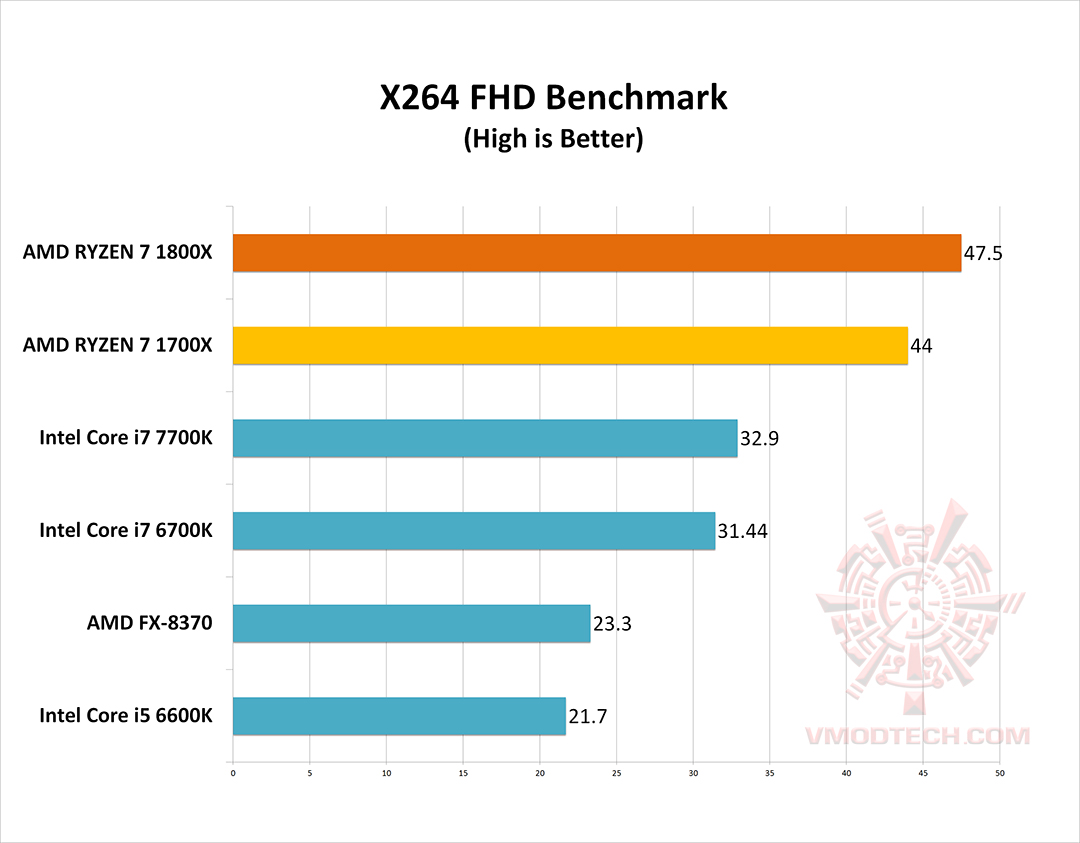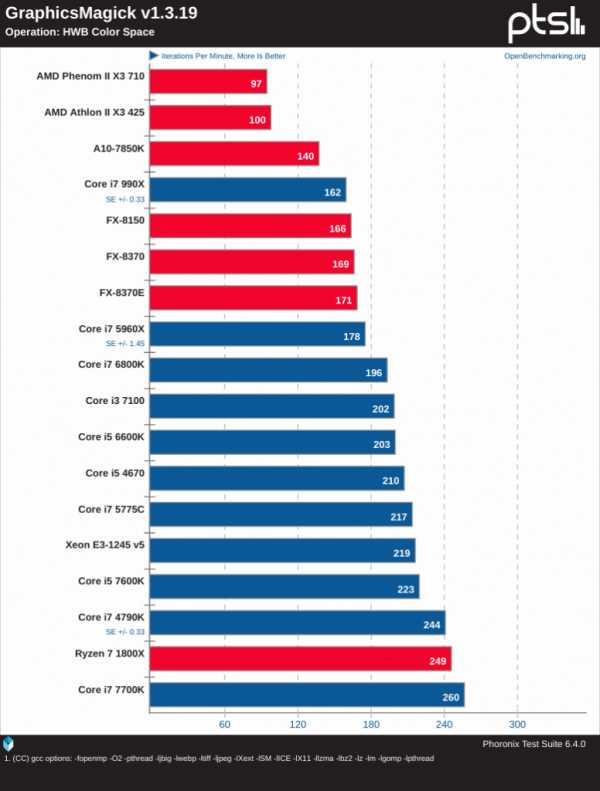

In the mid-range, the comparison between the Ryand the Core i7-7700K is far more intriguing. The two most obvious takeaways from the above chart, presuming comparable performances, are that the Intel not only costs more than double, but also consumes a lot more power (140W vs 95W) These are as follows:Īt the top end we see the eight-core R7 1800X put directly against a Broadwell-E based eight-core Core i7-6900K. Naturally AMD has suggested processors which it feels offer direct competition against the various Ryzen CPUs. The base design supports 512MB of private L2 cache per core and 2MB of a shared exclusive 元 victim cache. The Ryzen family of CPUs is designed to compete, initially, in the performance-mainstream and high-end desktop market.Īll the processors will be using the AM4 socket, with bases frequencies from 3.2 GHz to 3.6 GHz, and turbo frequencies up to 4.0 GHz for the high-end parts.
#Stockfish chess benchmark ryzen 1800x full
All three processors are full 8-core CPUs, with hyperthreading just as the top Intel i7 series offer. Today the new 14nm processors hit the shelves and benchmarks have been appearing all over the place.ĪMD’s new line has started with three processors, the R7 1800x, priced at $499, the R7 1700X priced at $399, and the R7 1700 priced at $329. This would give you top-of-the-line chess analysis, but at what a cost!īack in 2014 AMD first announced it was pursuing an all-new microarchitecture, and for over two years the industry has been in a frenzy waiting to see if AMD could pull it off.

Today for example, if a consumer wanted to buy an 8-core Intel processor such as the i7-6900k, then just the CPU in the US would cost a cool $1049 not to mention a minimum $200 for a supporting motherboard. This gave Intel a de facto monopoly and while their products evolved, progress slowed and prices rose, especially at the top end. Unfortunately, while peaking with the Athlon series of processors, they began to lose ground over the years, and by the time the Core series by Intel came out, it was no longer able to compete at the highest level.

While many younger readers will only really recall AMD as a competitor in the CPU market for mid-range or low-end processors, there was a time when AMD and Intel were duking it out on fairly even footing, much like AMD and nVidia do nowadays in the graphics card market.


 0 kommentar(er)
0 kommentar(er)
